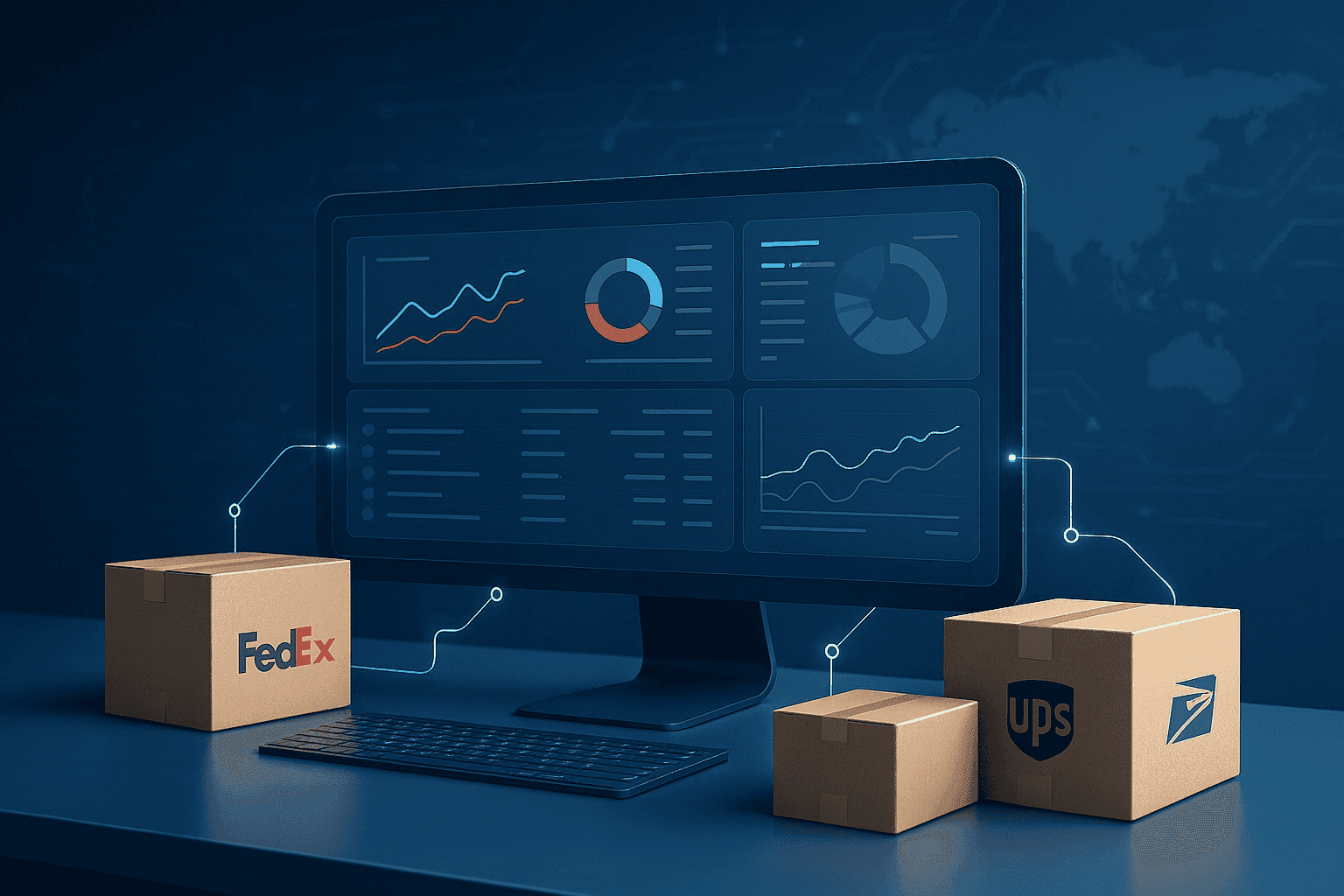You know as well as I do that in any city that never sleeps, business doesn’t take a break, even when the weather gets wild. But while we’re getting cozy with our pumpkin lattes in Brooklyn or rushing to that next Midtown meeting, there’s a whole ballet of logistics and shipping unfolding, no matter if there is rain, snow, or shine. Or should I say hurricanes, flash floods, and forest fires?
The recent extreme weather events—like the flash floods that turned our subway stairs into waterfalls (and with it, and the promise of a surfing rat), and the smoky air we had to breathe courtesy of faraway forest fires, that ended up being not so far away as we had originally expected, have got us thinking about the untold challenges the logistics and shipping industry faces. When Mother Nature decides to put on her diva act, when mother nature has had it enough and throws her chancla at us in the form of a flash flood, what does that mean for our packages and pallets?
As I’ve told you in the past, we must think of your business as a finely tuned machine. One hitch can mess up your whole rhythm, right? And what's a bigger potential hitch than a natural disaster? Flash flooding in NYC recently had delivery trucks stranded, waterlogged, and as stuck as a tourist in a Times Square souvenir shop. Floodwaters make roads impassable, and that's just the tip of the melting iceberg.
Winter storms are another culprit. When the Big Apple turns into a snow globe, the flurries and the white streets aren't so charming for the folks trying to move goods from point A to B. Icy roads, low visibility, and just the sheer cold can cause delays, accidents, and damage to goods.
We’re talking about more than just late deliveries here. Extreme weather puts drivers and workers in genuinely hazardous conditions. Remember that delivery driver who got stuck in a snowstorm last winter? They were stranded for hours. Thankfully they got out okay, but it's a grim reminder that these conditions are not to be taken lightly. WEATHER IS UNPREDICTABLE AND THINGS CAN TAKE A TURN AT ANY MOMENT UNEXPECTEDLY
But hey, we New Yorkers are all about solutions, right? So what are we doing about this logistical quagmire? Here are a couple of tips and tricks to slide your issues away (see that I did there?). Sorry, I promise my tips are better than my jokes.
-
Weather Forecasting Tech: Advanced weather forecasting helps companies prepare better for storms, enabling them to reroute shipments or reschedule them. Your smartphone might give you the info you need, but there is an extra step, which is the crucial difference between having access to weather information in real-time and using that information to actually act accordingly, making the smart choices and adapting when the need arises.
-
Robust Infrastructure: Investing in more durable trucks, waterproof storage facilities, and other hardy infrastructure can mitigate the effects of extreme weather. The money you invest in ensuring the correct functioning of your business is never a bad investment, in fact, that usually is the difference between those that suffer the weather from those who endure and thrive afterwards.
-
Employee Training: An informed team is an effective team. Drivers and logistics personnel are now often trained in weather emergency protocols. Airpals personal are specially designed and selected for their skills adaptaing to any and all types of weathers. Believe us, we even have the perfect song for that.
-
Data Analytics: By doing things the right way and thinking ahead of the problem, the analysis of past weather disruptions can help predict future bottlenecks and allow companies to plan alternate routes and strategies. When you know what to expect, you know how to prepare. Our delivery personnel understands what’s going on and can make the best choices when the need arises. Trust us, we know our streets.
Making Waves: Real-World Adaptations
The industry isn't just sitting back and watching the weather radar. Many companies are actively working on "weather-proofing" their logistics. Drones are being tested for delivery in adverse conditions. Cargo ships are being designed with more resilience to extreme ocean conditions. Heck, there are even partnerships forming with meteorological services to better predict weather patterns affecting shipping routes.
The Times They Are a-Changin’
We can’t forget that this isn't just a New York issue. Climate change is making extreme weather events more frequent and severe across the globe. That makes weather-proofing a logistics and shipping strategy a global endeavor. The local events we experience are glimpses into a larger, unfolding scenario.
Let's Stay Connected
That's right, you made it to the end, and because you did, you know you want more of this. Don't let FOMO get to you. Subscribe to our newsletter and get more in-depth articles, thought pieces, and valuable insights directly from the Airpals team.
Don’t let your business get caught in the rain without an umbrella. We're here to help you navigate the stormy seas of entrepreneurship.
It’s not just about moving boxes; it’s about how we adapt, innovate, and keep the show going. Now that's something to toast your next cold brew to. Cheers, New York!




